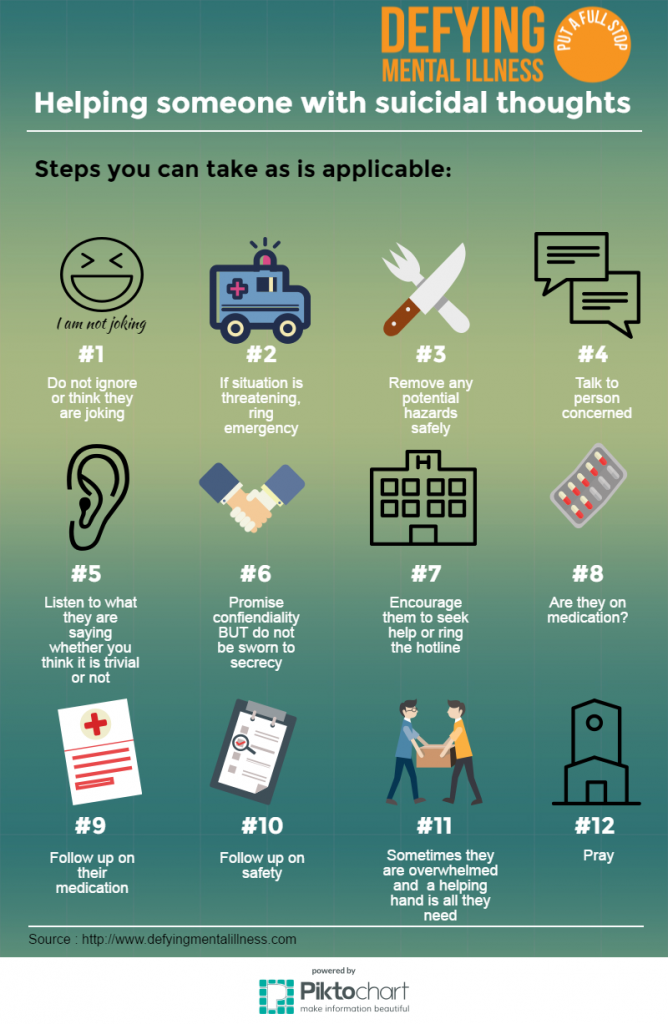How Do Mental Health Chatbots Work
How Do Mental Health Chatbots Work
Blog Article
Exactly How Do State Of Mind Stabilizers Work?
Mood stabilizers assist to soothe locations of the mind that are influenced by bipolar disorder. These medicines are most efficient when they are taken on a regular basis.
It might take a while to discover the ideal medicine that functions ideal for you and your medical professional will certainly check your problem throughout therapy. This will certainly include regular blood tests and perhaps an adjustment in your prescription.
Natural chemical guideline
Neurotransmitters are a group of chemicals that manage each other in healthy and balanced people. When degrees end up being out of balance, this can cause state of mind conditions like depression, anxiety and mania. State of mind stabilizers aid to stop these episodes by helping manage the equilibrium of these chemicals in the mind. They likewise might be utilized together with antidepressants to improve their effectiveness.
Drugs that work as mood stabilizers consist of lithium, anticonvulsants and antipsychotics. Lithium is maybe the most well known of these drugs and jobs by impacting the flow of sodium through nerve and muscular tissue cells. It is frequently utilized to treat bipolar disorder, but it can additionally be practical in treating other state of mind problems. Anticonvulsants such as valproate, lamotrigine and carbamazepine are likewise effective state of mind maintaining medicines.
It can spend some time to discover the right kind of medication and dose for each individual. It is essential to deal with your medical professional and engage in an open dialogue regarding just how the medication is working for you. This can be specifically helpful if you're experiencing any type of adverse effects.
Ion network inflection
Ion channels are a significant target of state of mind stabilizers and many other medications. It is currently well developed that they are dynamic entities that can be modulated by a range of outside stimulations. In addition, the inflection of these networks can have a range of temporal results. At one extreme, adjustments in gating dynamics may be quick and immediate, as in the nicotinic acetylcholine receptor/channel system. At the various other end of the spectrum, covalent adjustment by healthy protein phosphorylation might result in changes in channel function that last longer.
The area of ion network modulation is entering a period of maturity. Recent research studies have actually shown that transcranial concentrated ultrasound (United States) can stimulate neurons by turning on mechanosensitive potassium and salt networks embedded within the cell membrane. This was shown by shared channels from the two-pore domain potassium family members in Xenopus oocytes, and focused US substantially regulated the current streaming via these networks at a holding voltage of -70 mV (best panel, family member result). The alternative mental health treatments outcomes follow previous monitorings showing that antidepressants influencing Kv channels control glia-neuron communications to contrary depressive-like actions.
Neuroprotection
State of mind stabilizers, like lithium, valproic acid (VPA), and carbamazepine, are essential in the therapy of bipolar illness, which is characterized by recurrent episodes of mania and depression. These medicines have neuroprotective and anti-apoptotic properties that help to stop mobile damage, and they also boost mobile strength and plasticity in useless synapses and neural wiring.
These protective actions of state of mind stabilizers might be moderated by their inhibition of GSK-3, inositol signaling, and HDAC activity. Furthermore, long-term lithium treatment protects versus glutamate excitotoxicity in cultured nerve cells-- a design for neurodegenerative disorders.
Researches of the molecular and mobile impacts of state of mind stabilizers have shown that these drugs have a wide variety of intracellular targets, including numerous kinases and receptors, in addition to epigenetic adjustments. Refresher course is required to identify if mood stabilizers have neurotrophic/neuroprotective activities that are cell type or wiring details, and exactly how these impacts may complement the rapid-acting therapeutic response of these representatives. This will help to create new, much faster acting, a lot more efficient treatments for psychological ailments.
Intracellular signaling
Cell signaling is the procedure whereby cells communicate with their environment and various other cells. It involves a series of steps in which ligands connect with membrane-associated receptors and lead to activation of intracellular paths that control vital downstream cellular features.
Mood stabilizers act upon intracellular signaling through the activation of serine-threonine healthy protein kinases, causing the phosphorylation of substrate healthy proteins. This triggers signaling waterfalls, resulting in adjustments in gene expression and mobile function.
Several mood stabilizers (consisting of lithium, valproate and lamotrigine) target intracellular signaling pathways by preventing specific phosphatases or turning on specific kinases. These impacts create a reduction in the activity of these pathways, which brings about a reduction in the synthesis of particular chemicals that can affect the mind and bring about signs of clinical depression or mania.
Some mood stabilizers likewise function by enhancing the task of the repressive natural chemical gamma-aminobutryic acid (GABA). This enhances the GABAergic transmission in the mind and lowers neural activity, consequently creating a relaxing effect.